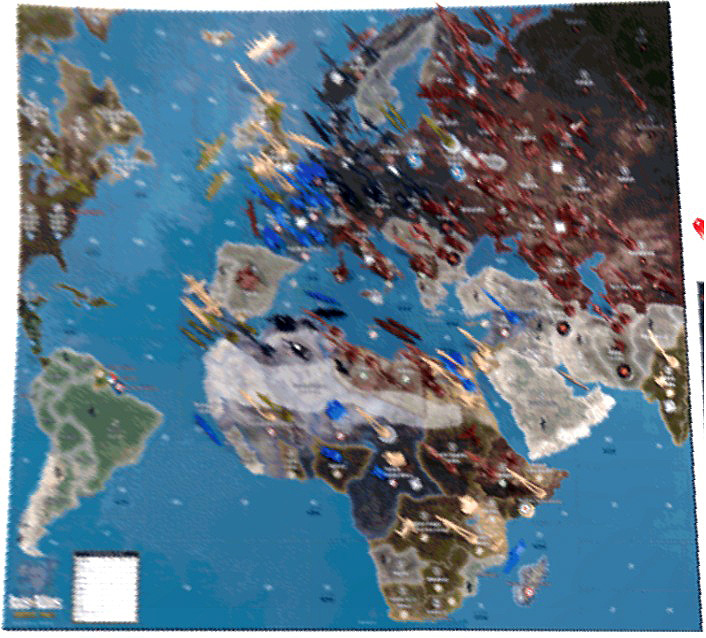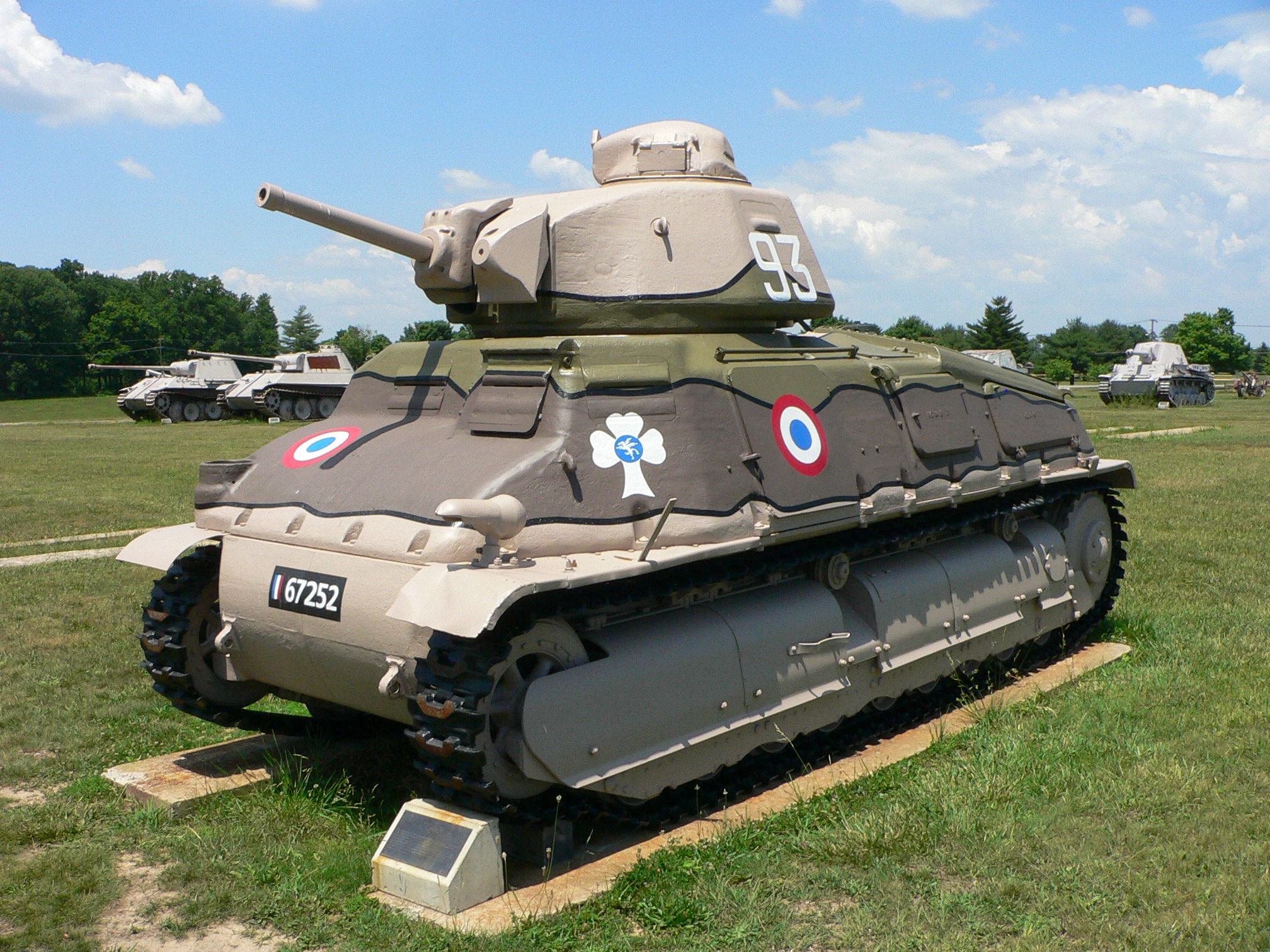Improved Forced Perspective Map
-
I played with the image in Photoshop for awhile. Hoping I could get more detail… not much but here is what I came up with.

-
It looks like you still can fly planes from America to the UK.
honestly, I’m not seeing that. Looks like one sea zone too many for fighters, at least.
#711
-
The Battle of the Atlantic will be much bigger and longer! There are Convoy zones in the South that will tempt a few German/Italian Subs. A troop convoy coming from North America will have to sit at sea for one round going either to Britain or Africa… interesting.
-
It looks like you still can fly planes from America to the UK.
honestly, I’m not seeing that. Looks like one sea zone too many for fighters, at least.
#711
Dont forget about airbases. Certainly looks like 4 sz’s on the way from EUS to North UK which would be short enough for ftrs.
-
It looks like you still can fly planes from America to the UK.
honestly, I’m not seeing that. Looks like one sea zone too many for fighters, at least.
#711
Dont forget about airbases. Certainly looks like 4 sz’s on the way from EUS to North UK which would be short enough for ftrs.
OK I forgot the airbases.
But I’m counting 5 unless you’re landing on that neutral-coloured blob I presume is Ireland.#713
-
Trying to update sea zones, and incorporating other info, I have two suggestions for updates to the 7/3/10 Mickelson map.
-
We’ve been told that there are three sea zones in the Baltic, so I would suggest that you add a sea zone boundary from Denmark to Sweden (this would be the point at which the strait rule is applied up here, and will be what allows Germany to build naval units out of range of UK based fighters)
-
I believe that there are at least three, and possibly four sea zones around Great Britain. We see one definite SZ number east of Edinburgh, and one south of Ireland. Additionally, I see one possible one behind the Scotland Infantry (NW of Scotland) and another possible one underneath the ship between UK and Denmark. Since AA50 has 5 SZs around the UK, it seems more likely that this game will have a similar number (like four) than only 2. The higher number simultaneously gives the UK navy more elbow room to dodge German air strikes and gives the German Navy more opportunities to sneak out into the Atlantic.
-
-
OK I forgot the airbases.
But I’m counting 5 unless you’re landing on that neutral-coloured blob I presume is Ireland.#713
Yep, I was and now agree that it is prolly Ireland and neutral. All of which makes sense as LH said that US planes would have to stop in Iceland in order to make it to UK.
-
I played with the image in Photoshop for awhile. Hoping I could get more detail… not much but here is what I came up with.
It helps if it’s your desktop, Wild Bill did it, so I tried it, it really helps you might want to try it to.
I also got a different view also on Photoshop, I’ll post it when I get home.
-
Italy Controls 8
North Italy, South Italy, Albania, Sicily, Libya, Tripolitania, Italian Somaliland, Italian East AfricaFrance Controls 12
Normandy/Brittany, Central France, Sur De Franc, Morocco, Algeria, Tunisia, Syria, Madagascar, French West Africa, French Central Africa, French Equatorial Africa, Corsica. -
The french tank is a T-34 like I said it would be.
T-34

S-35

-
I played with the image in Photoshop for awhile. Hoping I could get more detail… not much but here is what I came up with.
This map is much clearer than mine. Thanks.
The french tank is a T-34 like I said it would be.
I think that all this talk about which sculps the french units will use is a bit hasty. The promo images for both AA50 and AAP40 clearly showed Italian and ANZAC infantry using the Russian infantry sculpts. Neither of which were used in the final product. Therefore it should not be suprising if the french displayed in AAP40’s promo shot are actually not the correct ones and WOTC simply used recycled (& painted) sculps from other countries because the game was likely still in pre production. It wouldn’t suprise me if the color of the units turns out to be a different shade that the french in the photo since this has also been the case with other countries in the past.
-
I think that all this talk about which sculps the french units will use is a bit hasty. The promo images for both AA50 and AAP40 clearly showed Italian and ANZAC infantry using the Russian infantry sculpts. Neither of which were used in the final product. Therefore it should not be suprising if the french displayed in AAP40’s promo shot are actually not the correct ones and WOTC simply used recycled (& painted) sculps from other countries because the game was likely still in pre production. It wouldn’t suprise me if the color of the units turns out to be a different shade that the french in the photo since this has also been the case with other countries in the past.
good point :-(
forget what i said -
Is it just me, or is Egypt divided into two territories? seems like there are 2 groupings of units with what looks like it could be a line running north-south.
-
Is it just me, or is Egypt divided into two territories? seems like there are 2 groupings of units with what looks like it could be a line running north-south.
Yeah, that was known for a long time
-
Is it just me, or is Egypt divided into two territories? seems like there are 2 groupings of units with what looks like it could be a line running north-south.
Yeah, that was known for a long time
Like Egypt and Sudan or Egypt and Egypt?
-
@Dylan:
Is it just me, or is Egypt divided into two territories? seems like there are 2 groupings of units with what looks like it could be a line running north-south.
Yeah, that was known for a long time
Like Egypt and Sudan or Egypt and Egypt?
Egypt is divided into Tobruk and Alexandria. Sudan is a 3rd territory
-
Egypt is divided into Tobruk and Alexandria. Sudan is a 3rd territory
Good, Egypt in the Europe version was too easy to take with the Germans, at least with this they will make it tougher to blitz through to the Middle East so fast.
-
Egypt is divided into Tobruk and Alexandria. Sudan is a 3rd territory
Good, Egypt in the Europe version was too easy to take with the Germans, at least with this they will make it tougher to blitz through to the Middle East so fast.
If Italy can get through.







